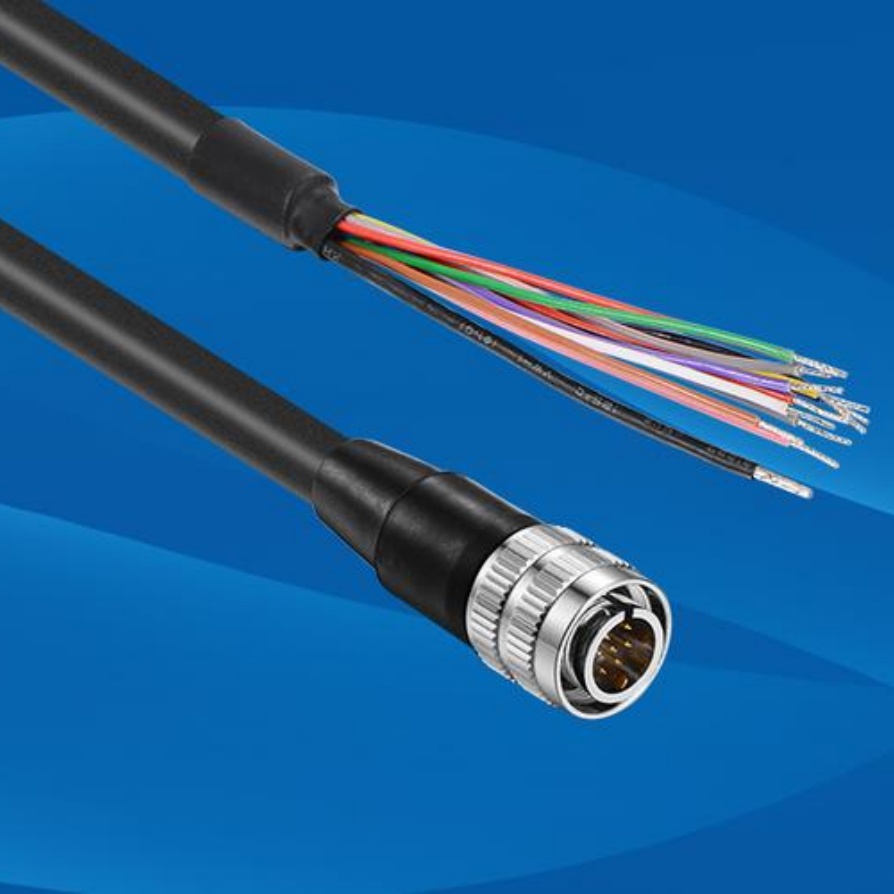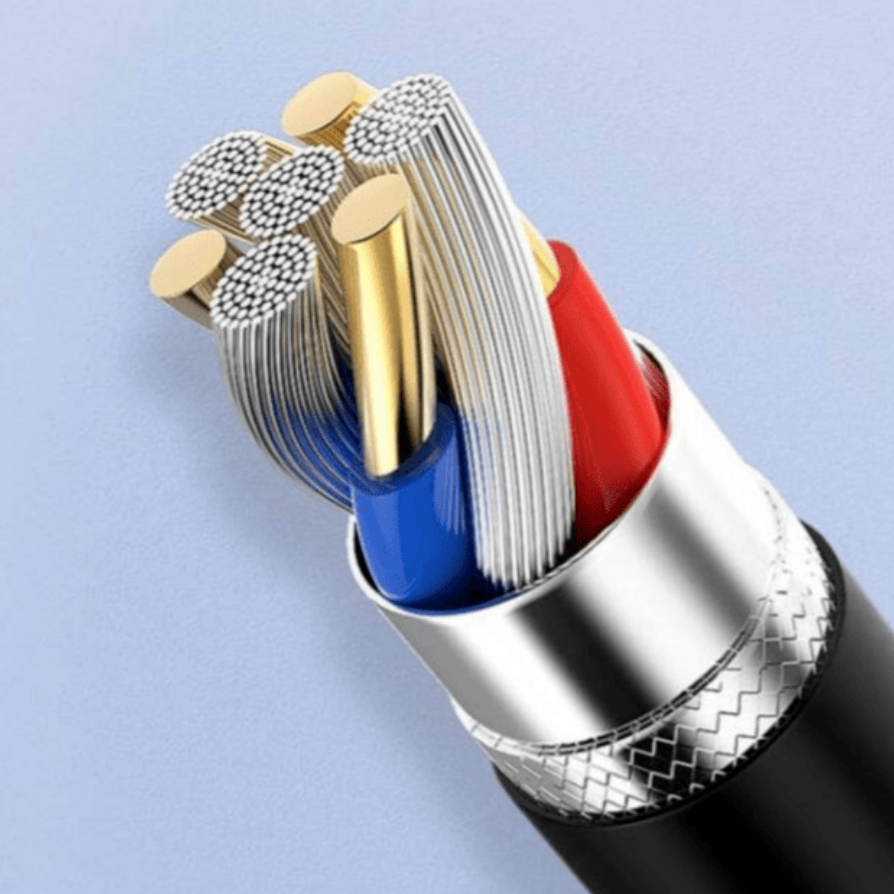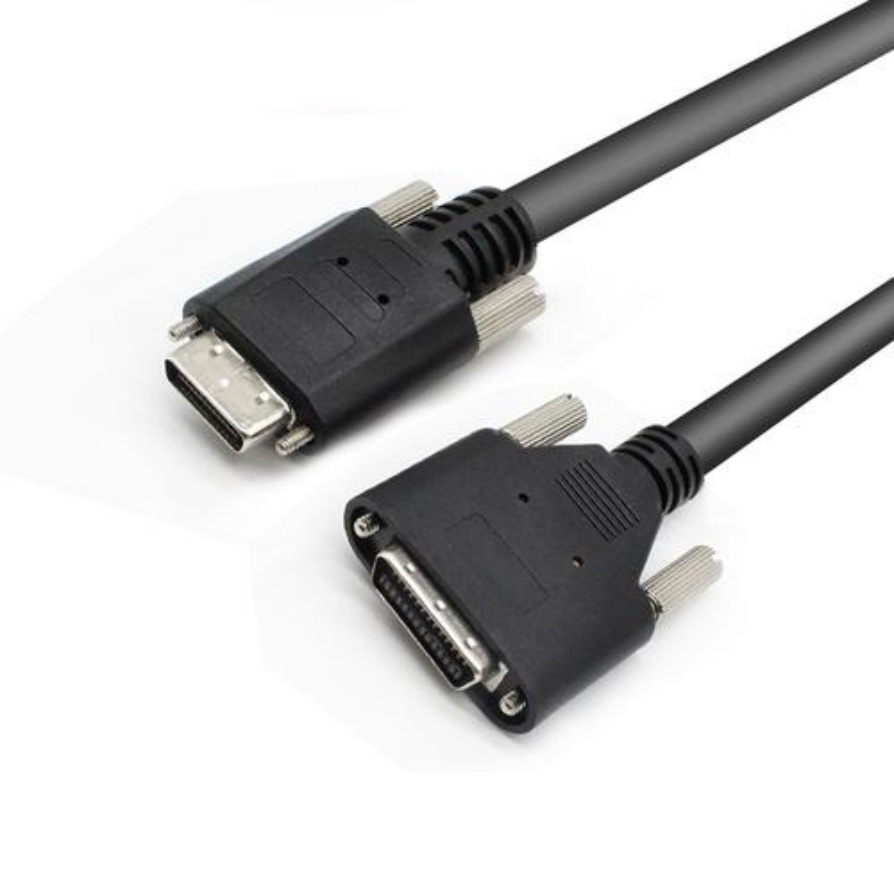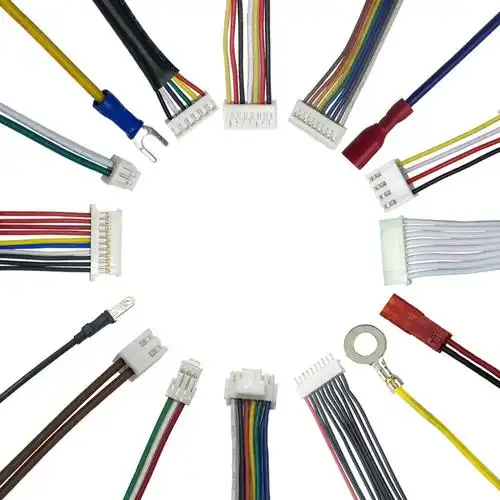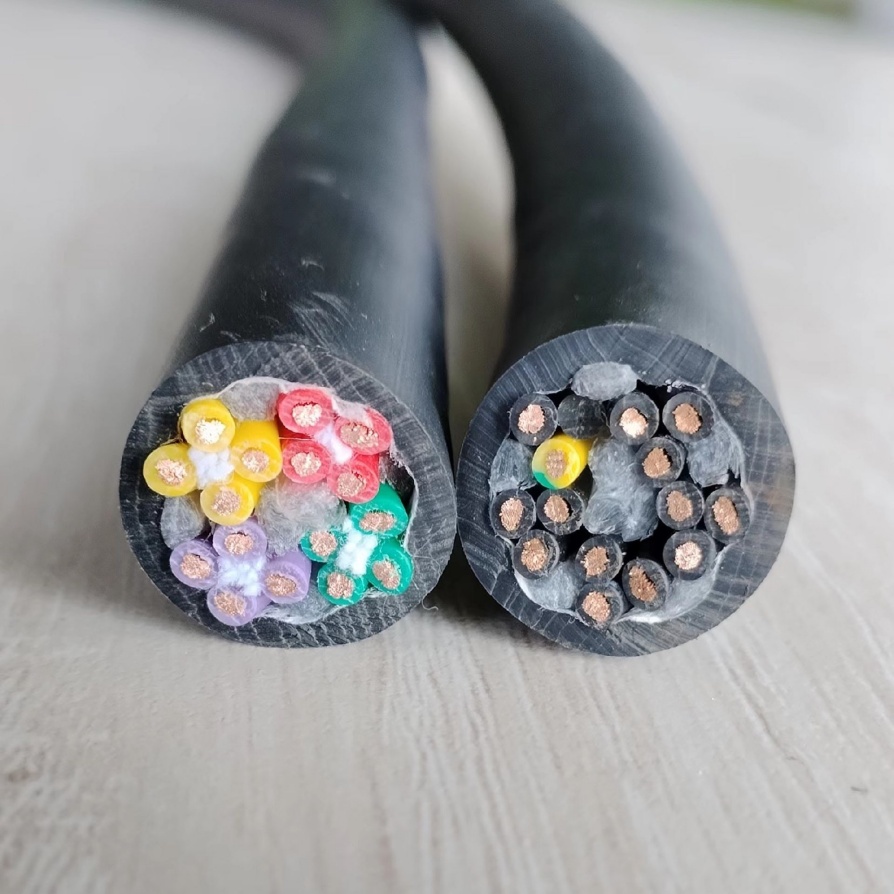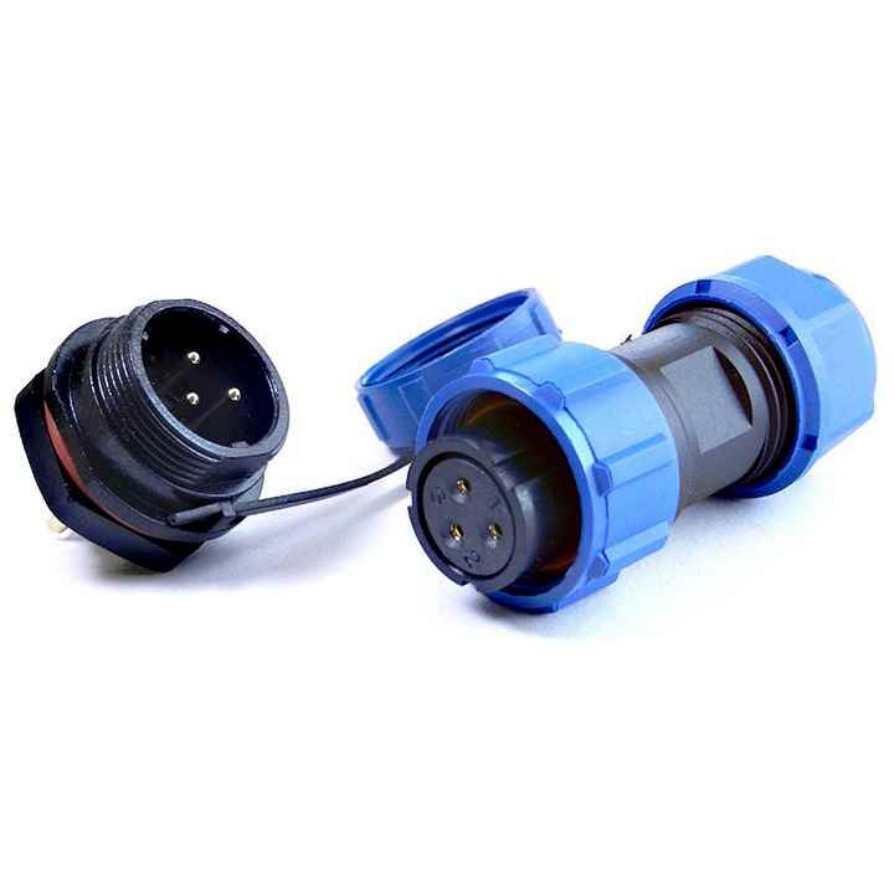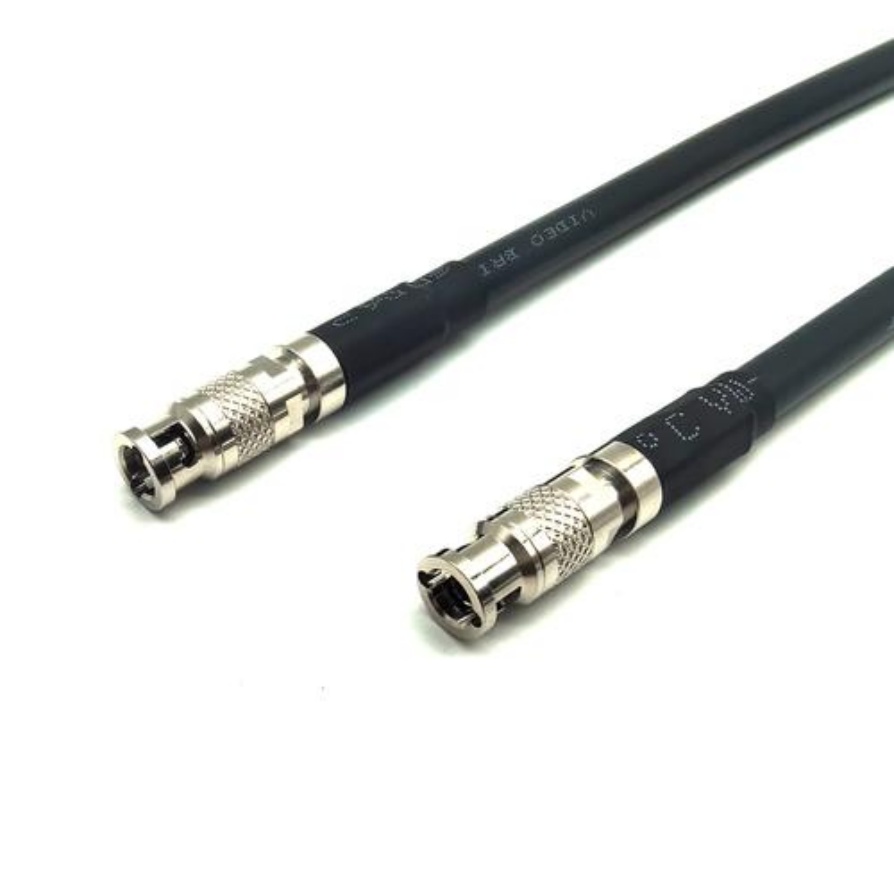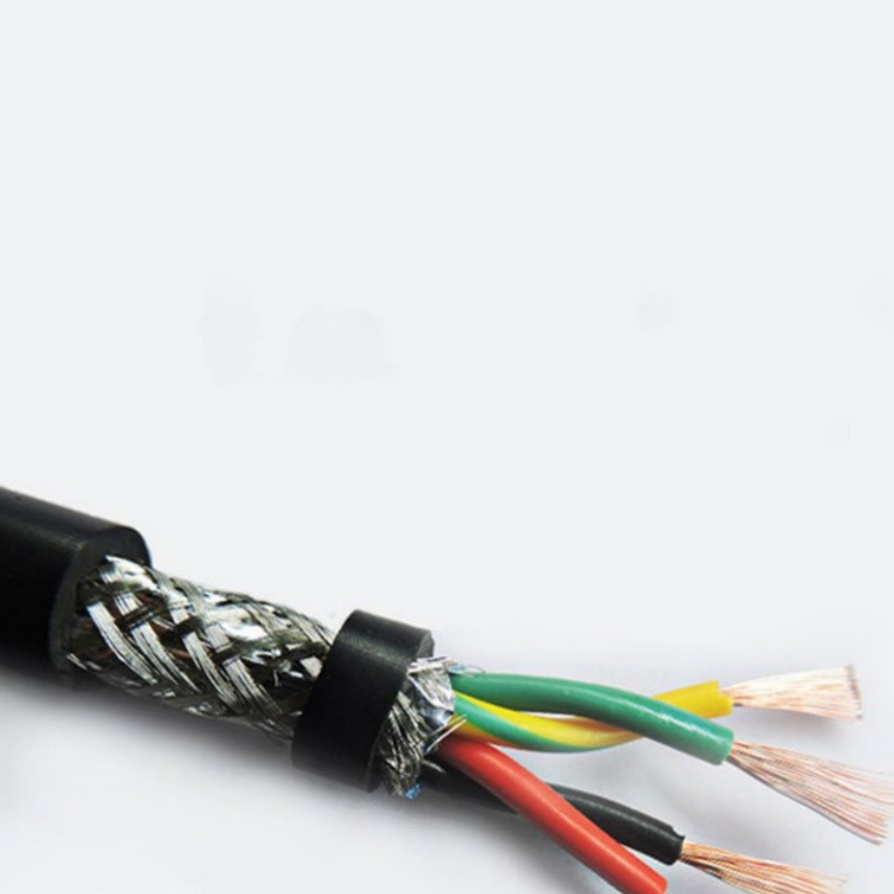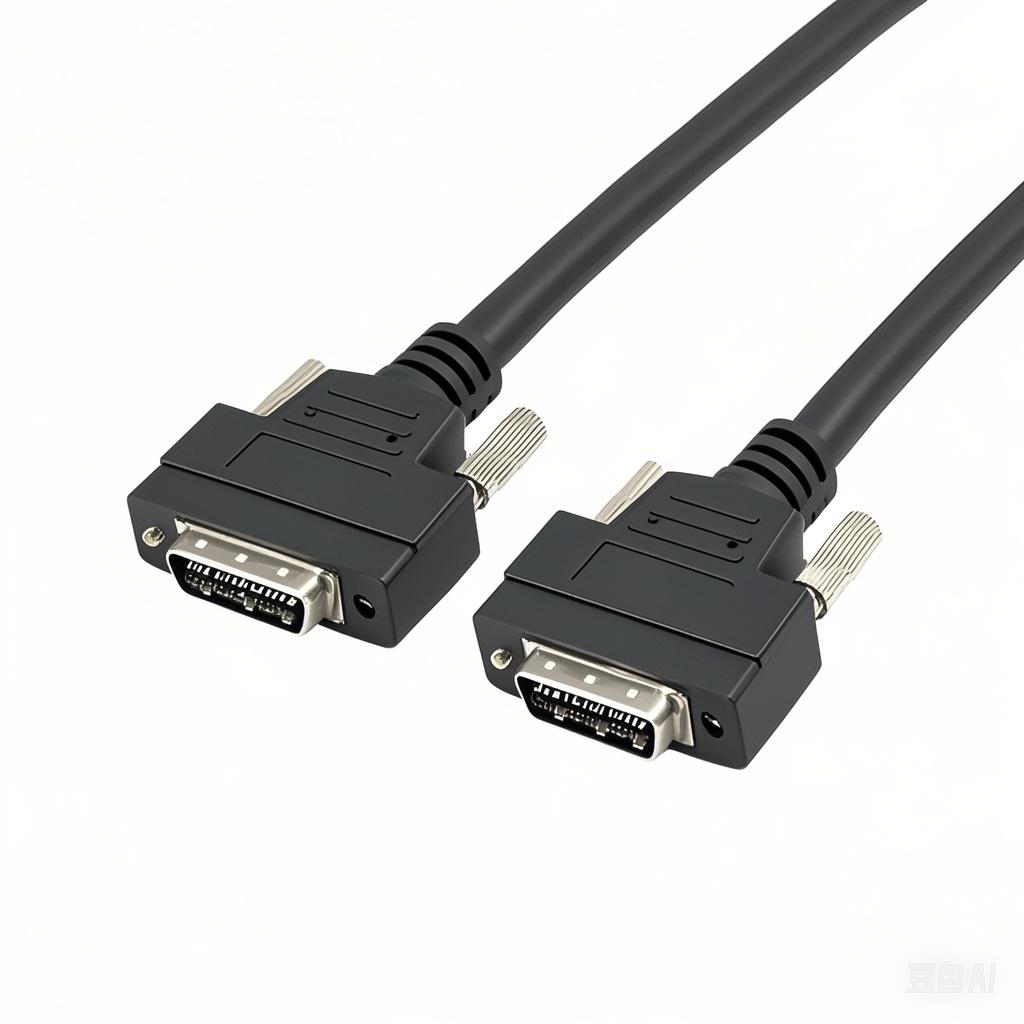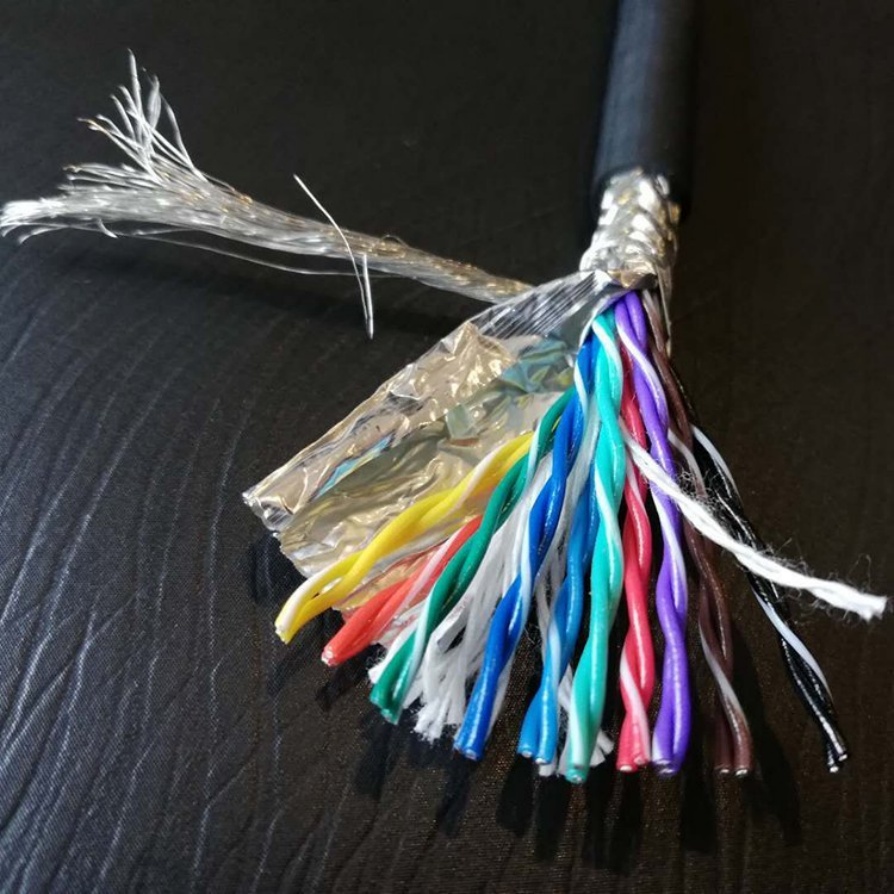What Is a DIN Connector Vision Cable? A Comprehensive Guide
In industrial automation, medical imaging, and automotive electronics, reliable visual signal transmission is critical—and the DIN connector vision cable stands out as a key component for this task. Specifically designed to combine the standardized interface of DIN connectors with the high-performance signal carrying capacity required for visual data, this cable ensures stable, high-quality transmission of images, videos, or visual sensor data in demanding environments. Below is a detailed breakdown of its core attributes, types, applications, and selection criteria to help you fully understand this essential component.
1. Core Definition: What Makes a DIN Connector Vision Cable Unique?
A DIN connector vision cable is a specialized transmission cable that pairs a DIN connector (compliant with DIN standards, a set of technical specifications developed by the German Institute for Standardization) with a cable optimized for visual signal transmission. Unlike generic cables, it is engineered to address two critical needs:
- Standardized connectivity: DIN connectors feature uniform pin layouts and mechanical designs, ensuring compatibility across devices from different manufacturers (e.g., cameras, monitors, sensors).
- Uncompromised visual signal integrity: The cable’s internal structure (often including shielded conductors, low-loss insulation, and anti-interference materials) minimizes signal degradation, ensuring sharp, lag-free visual data transmission—even over long distances or in noisy industrial settings.
2. Key Features of DIN Connector Vision Cables
To meet the demands of visual data transmission, these cables incorporate several performance-driven features:
- Robust Signal Shielding: Most models use foil or braided shielding to block electromagnetic interference (EMI) and radio frequency interference (RFI)—common in factories or automotive workshops—which can distort visual signals.
- Durable Construction: The outer jacket is typically made of PVC, polyurethane (PU), or nylon, resisting oil, moisture, abrasion, and extreme temperatures (-40°C to 85°C in many cases), suitable for harsh operating environments.
- High Compatibility: DIN connectors come in various configurations (e.g., 3-pin, 4-pin, 5-pin) to match different visual devices, such as industrial cameras, machine vision systems, and medical scanners.
- Low Signal Loss: The cable’s conductors are made of high-purity copper, and the insulation uses low-dielectric materials to reduce signal attenuation, ensuring clear visual transmission over extended lengths (up to 50 meters in some cases).
3. Common Types of DIN Connector Vision Cables
DIN connector vision cables are categorized based on their connector pin count and application scenarios, each tailored to specific use cases:
- 3-Pin DIN Vision Cables: Ideal for basic visual devices (e.g., simple industrial cameras) that require power and a single visual signal line.
- 4-Pin DIN Vision Cables: Used for devices needing separate power, video signal, and control lines (e.g., entry-level machine vision systems).
- 5-Pin DIN Vision Cables: Designed for high-performance setups (e.g., high-definition industrial scanners) that require additional lines for data synchronization or auxiliary functions.
- Waterproof DIN Vision Cables: Feature IP67/IP68-rated connectors and jackets, suitable for outdoor or wet environments (e.g., agricultural monitoring cameras, marine visual systems).
4. Typical Applications of DIN Connector Vision Cables
Thanks to their durability and signal stability, DIN connector vision cables are widely used across industries that rely on precise visual data:
- Industrial Automation: Connect machine vision cameras to controllers for quality inspection (e.g., detecting product defects on assembly lines) and robotic guidance.
- Medical Equipment: Transmit high-resolution images in devices like ultrasound machines, endoscopes, and dental scanners, where signal clarity directly impacts diagnostic accuracy.
- Automotive Electronics: Used in in-vehicle visual systems (e.g., backup cameras, ADAS [Advanced Driver Assistance Systems]) to ensure real-time, interference-free image transmission.
- Aerospace & Defense: Deployed in avionic visual systems (e.g., cockpit displays, drone surveillance cameras) that require resistance to extreme temperatures and vibration.
5. How to Choose the Right DIN Connector Vision Cable
Selecting the correct cable ensures optimal performance and longevity. Consider these key factors:
- Application Environment: Choose a cable with appropriate protection (e.g., waterproof jackets for wet areas, oil-resistant materials for factories) and temperature tolerance.
- Signal Requirements: Match the cable to your visual device’s resolution and bandwidth—high-definition cameras need cables with low signal loss to avoid image blurring.
- Connector Compatibility: Verify the pin count and size of your device’s DIN port (e.g., a 5-pin camera requires a 5-pin DIN cable) to ensure a secure fit.
- Cable Length: Select a length that minimizes signal attenuation—longer distances may require cables with enhanced shielding or signal boosters.
6. Maintenance Tips for DIN Connector Vision Cables
Proper maintenance extends the cable’s lifespan and preserves signal quality:
- Regular Inspection: Check the connector pins for corrosion or bending, and the jacket for cracks—replace damaged parts immediately to avoid signal loss.
- Clean Connectors Carefully: Use a dry, lint-free cloth to wipe pins; avoid harsh chemicals that may damage the connector’s plating.
- Avoid Overbending: Maintain a minimum bend radius (specified by the manufacturer) to prevent conductor damage, which can disrupt visual signals.
Conclusion
DIN connector vision cables are indispensable for reliable visual signal transmission in demanding environments. Their standardized DIN connectors ensure cross-device compatibility, while their optimized cable structure guarantees signal integrity—making them a top choice for industries like industrial automation, healthcare, and automotive. By understanding their features, types, and selection criteria, you can select the right cable to meet your specific visual transmission needs.
If you need further customization, I can help you expand sections like “comparisons with other visual cables” or create a product specification table for DIN connector vision cables to make the content more actionable for your target audience. Would you like to add this?


